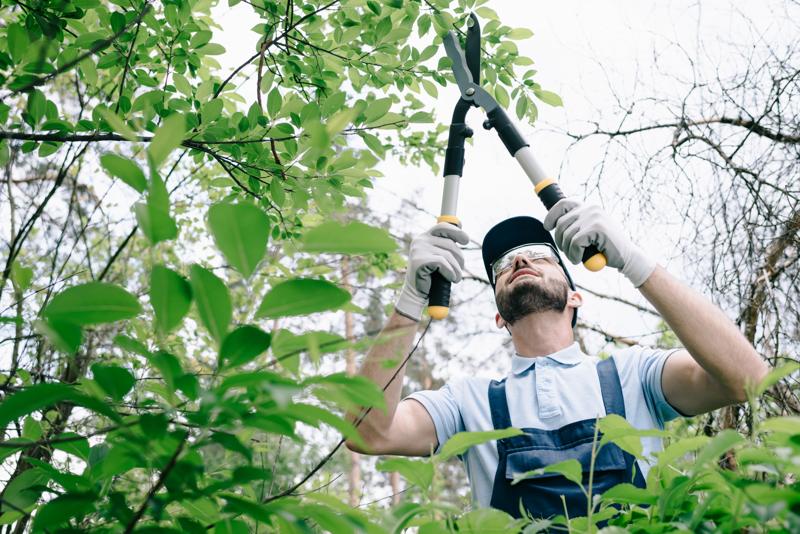What is the definition of a tree that should be protected and How to Find Out

Trees play an essential role in our environment, providing shade, clean air and aesthetic value to our surroundings. However there are a few trees that aren’t identical and some are granted extra protection status, which makes it illegal to do any activity without authorization. If you are considering having a tree removed it is crucial to be aware of the protection status of the tree being considered, and the steps you need to follow to be in compliance with the law. The following article we’ll guide you through the process of discovering whether a tree is safe and exactly what steps you need to do to ensure you are acting within the law.
What exactly is a tree that is protected?
A protected tree can be subject to specific legal restrictions It is illegal to works on a tree without obtaining the necessary permissions. There are two types of protection a tree may have - preservation and protection orders that are statutory.
Protection under the law
Under legal protection trees are protected under law and are in the hands of Tree Preservation Orders (TPOs). TPOs are enacted by local authorities in order to protect trees of significant public value and to ensure that they are not damaged or destroyed.
Preservation orders
Preservation orders are similar to TPOs but are put in place by the Secretary of State for the Environment. Preservation orders for trees are considered to have exceptional worth and are therefore protected from any work, including cutting down.
How can I tell if a tree is protected?
To determine if a tree is protected, you will need to verify if it’s subject to the protection of a TPO or preservation order. This can be done by contacting the authorities in your area and asking them search their archives.
TPO search
To find a TPO to locate one, contact an Tree and Woodland Officer at the local authority. They will inform you whether the tree is in the protection. They will also be able to advise you on the next steps you should do if your tree is protected.
Preservation order search
If you are looking for a preservation order, you will need to contact Secretary of State, Department of the Environment. They will be able to inform you whether the tree is protected and give you the required information and guidelines.
FAQs:
What is the consequence if I do work on a tree that is protected without permission?
If you carry out work on a tree that is protected without the appropriate permits, you could be facing massive fines or even prison.
Can I appeal to a TPO and/or preservation order?
You can appeal a TPO or preservation or TPO if you believe it is unjustified. You will have to prove your case and show your argument as to why you believe that the TPO or order to preserve is not necessary.
Can I cut down a tree that is protected tree?
It is against the law to remove trees that are protected without the required permissions. If you need the tree to be removed then you must request permission and submit the evidence needed to prove your case.
Conclusion
In the end, determining if trees are protected is a crucial step to ensure that tree work is carried out legally. Understanding the different kinds of protection, and knowing how to check for them to ensure you’re following the law and protecting the trees in your care. If you’re unsure of the status of protection for trees, we suggest seeking advice from a reputable tree specialist like Blacktown Aborist. Our team of experienced arborists can advise you regarding the status of protection of your trees and guide you through the steps to make sure you’re following the legal guidelines. With our expertise and commitment to providing top-quality tree care We can assist you to keep the beauty and value that your trees have. Contact us now by phone at 0480 024 267 to schedule a consultation and let us guide you on how to keep your trees safe and healthy.





















